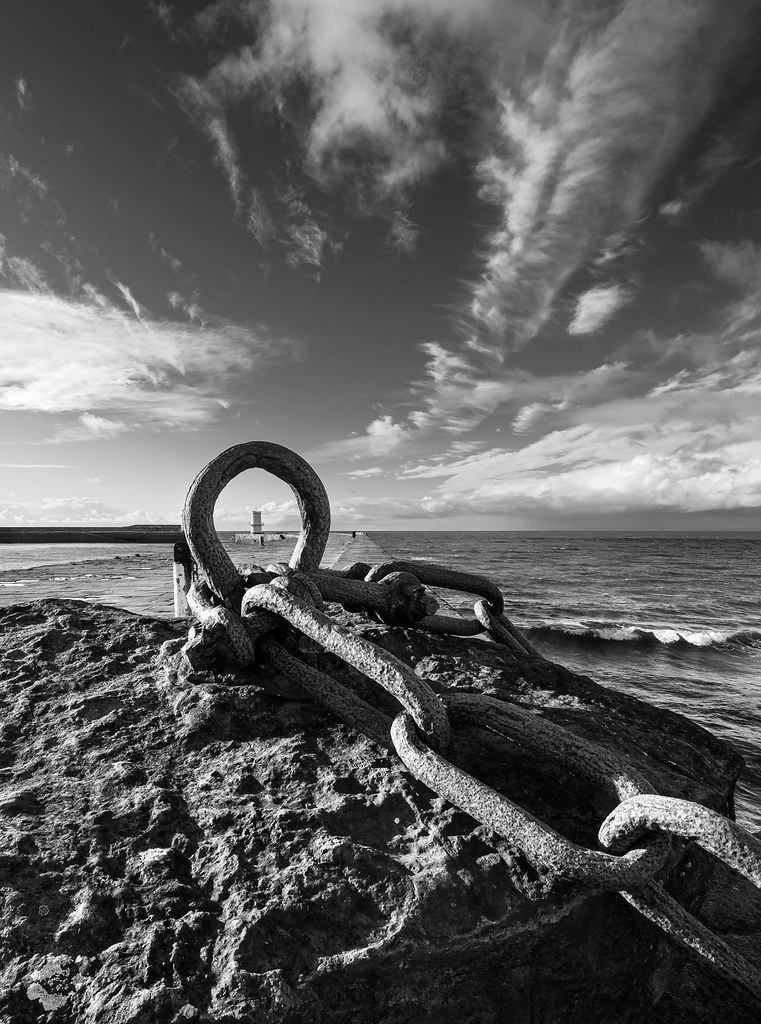- Messages
- 7
- Edit My Images
- No
Hi everyone.
How many of you use this technique, as opposed to shooting let's say F10 or so for landscapes? I know it to be more time-consuming, but it might yield better results from what I have seen.
Of course, it depends on the lens too, your wide-angle favorite lens might be tack sharp in the corners right at F8. But again,
How many of you use this technique, as opposed to shooting let's say F10 or so for landscapes? I know it to be more time-consuming, but it might yield better results from what I have seen.
Of course, it depends on the lens too, your wide-angle favorite lens might be tack sharp in the corners right at F8. But again,


